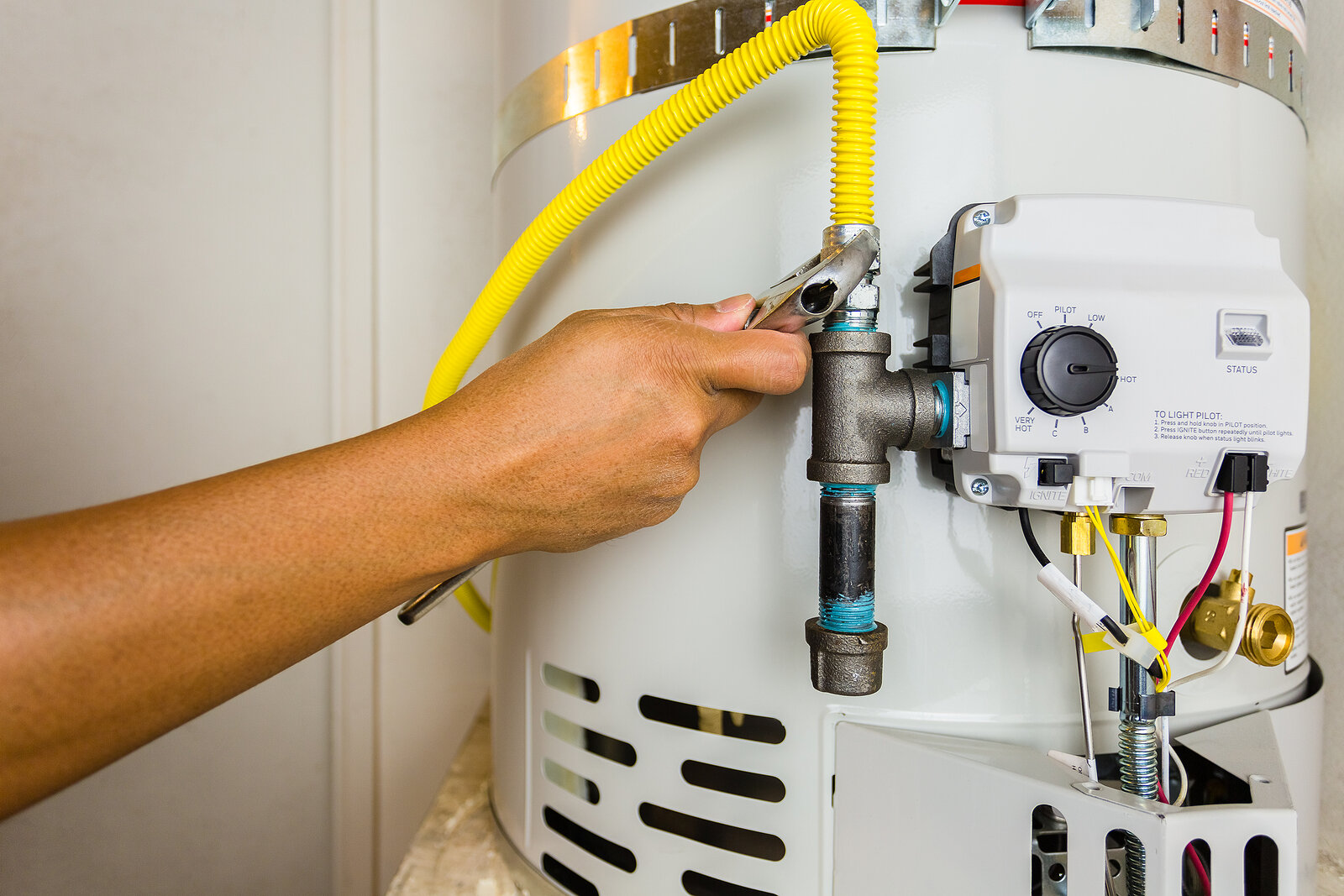

Articles
How To Restart A Gas Water Heater
Modified: February 22, 2024
Learn how to safely restart your gas water heater with step-by-step instructions and troubleshooting tips in this informative article.
(Many of the links in this article redirect to a specific reviewed product. Your purchase of these products through affiliate links helps to generate commission for Storables.com, at no extra cost. Learn more)
Introduction
Welcome to our guide on how to restart a gas water heater. Gas water heaters are essential appliances in our homes, providing hot water for various purposes, such as showering, washing dishes, and doing laundry. However, there may be instances when your gas water heater needs to be restarted due to reasons like power outages, maintenance, or pilot light failure.
In this article, we will walk you through the step-by-step process of restarting a gas water heater. But before we delve into the details, it is vital to prioritize safety when dealing with gas appliances. Gas leaks and mishandling of gas can be hazardous, so make sure to follow the safety precautions outlined in the next section.
Key Takeaways:
- Prioritize safety by following key precautions when restarting a gas water heater, including shutting off the gas supply, draining the tank, and relighting the pilot light, to ensure a safe and efficient process.
- Consult the manufacturer’s instructions and seek professional assistance if needed when restarting a gas water heater, ensuring the proper functioning and longevity of the appliance for continuous hot water supply.
Read more: How To Vent A Gas Water Heater
Safety Precautions
Before you attempt to restart your gas water heater, it’s important to prioritize your safety. Here are some key safety precautions to keep in mind:
- Turn off the gas supply: Locate the gas supply valve near the gas meter and turn it off. This will prevent any gas flow to the water heater during the restart process. If you’re unsure of how to do this, consult a professional.
- Allow for ventilation: Gas water heaters need proper ventilation to prevent the buildup of dangerous gases. Ensure that the area around the water heater is well-ventilated, with no obstructions or flammable materials nearby.
- Use protective gear: Whenever working on your gas water heater, make sure to wear protective gear such as gloves and safety goggles. This will protect you from any potential burns or injuries.
- Check for gas leaks: Before proceeding with the restart, it’s crucial to check for any gas leaks. Use a gas leak detector or a solution of soapy water to check for any bubbles or hissing sounds around gas connections. If you detect a gas leak, evacuate the area immediately and call a professional.
- Read the manufacturer’s instructions: Every gas water heater is different, so it’s essential to familiarize yourself with the specific instructions provided by the manufacturer in the user manual. This will ensure you follow the correct steps for restarting your particular model.
By following these safety precautions, you can minimize the risk of accidents and ensure a safe restart process for your gas water heater. Now that we’ve covered the safety measures, let’s proceed to the next step: shutting off the gas supply.
Shutting Off the Gas Supply
Before attempting to restart your gas water heater, it is crucial to shut off the gas supply. This step ensures the safety of both yourself and the appliance. Here’s a step-by-step guide on how to shut off the gas supply:
- Locate the gas supply valve: The gas supply valve is typically located near the gas meter or on the gas line leading to your water heater. It may be a lever or a dial that needs to be turned or rotated to shut off the gas flow.
- Turn off the gas supply valve: Using a wrench or your hand, turn the valve clockwise until it is fully closed. This will effectively shut off the gas supply to the water heater.
- Verify the gas flow is off: Once you’ve closed the valve, check the pilot light or burner to ensure the gas flow has been successfully shut off. There should be no flame or hissing sound indicating gas is still being supplied to the water heater.
It is important to note that if you’re unable to locate or operate the gas supply valve, or if you suspect a gas leak, contact a professional plumber or your gas provider for assistance. They will be able to safely shut off the gas supply for you.
Now that the gas supply has been shut off, we can move on to the next step: draining the tank.
Draining the Tank
Draining the tank of your gas water heater is an essential step before restarting it. This process helps remove any sediment or debris that may have accumulated in the tank. Here’s how you can drain the tank:
- Turn off the power supply: Before draining the tank, make sure to turn off the power supply to the water heater. This can be done by switching off the circuit breaker dedicated to the water heater.
- Locate the drain valve: The drain valve is typically located near the bottom of the water heater tank. It may look like a plastic or brass valve with a hose connection.
- Prepare a drainage area: Place a bucket or a large container near the drain valve to catch the water as it drains from the tank. You may also want to attach a hose to the drain valve and direct the water into a suitable drainage area, such as a floor drain or an outdoor area.
- Open the drain valve: Using a wrench or pliers, carefully turn the drain valve counterclockwise to open it. Allow the water to flow out of the tank and into the bucket or through the hose.
- Flush the tank: Once the water has drained fully, you can flush the tank by briefly turning on the water supply to the water heater. This will help remove any remaining sediment or debris. Ensure that the drain valve is closed before turning on the water supply.
- Close the drain valve: After flushing the tank, close the drain valve by turning it clockwise until it is fully closed.
Now that the tank has been drained, we can move on to the next step: relighting the pilot light.
Before restarting a gas water heater, make sure to turn off the gas supply and allow the unit to cool for at least 5 minutes. Then, follow the manufacturer’s instructions for relighting the pilot light and reigniting the burner.
Relighting the Pilot Light
If your gas water heater has a pilot light and it has gone out, you will need to relight it to restart the appliance. Here is a step-by-step guide on how to relight the pilot light:
- Locate the pilot light assembly: The pilot light assembly is usually located near the bottom of the water heater. It consists of a small gas valve and a pilot light ignition button or switch.
- Turn the gas control knob to “Off”: Locate the gas control knob on the water heater and turn it to the “Off” position. This ensures that no gas is flowing when you are relighting the pilot light.
- Wait for gas to dissipate: After turning off the gas control knob, wait for a few minutes to allow any remaining gas to dissipate. This ensures that there are no lingering gas fumes that could ignite during the relighting process.
- Access the pilot light: Once you’ve waited, remove the access panel or cover that gives you access to the pilot light assembly. This panel is usually held in place with screws and may be located at the front or back of the water heater.
- Follow the manufacturer’s instructions: In this step, it’s important to consult the manufacturer’s instructions for your specific water heater model. The instructions will guide you on the exact steps to follow to relight the pilot light, as different models may have slightly different processes.
- Press and hold the pilot light button: In most cases, you will need to press and hold the pilot light ignition button or switch while simultaneously using a long lighter or match to ignite the pilot light. Keep holding the button for about 30 seconds to ensure that the pilot light stays lit.
- Release the button and check the pilot light: After 30 seconds, release the pilot light button and check if the pilot light remains lit. If it does, you can proceed to the next step. If it goes out, repeat the process from step 5.
- Turn the gas control knob to “On”: Once the pilot light is successfully lit and remains lit, turn the gas control knob back to the “On” position. This will allow gas to flow and the main burner to ignite when necessary.
Now that the pilot light has been successfully relit, we can move on to the final step: testing the heater.
Read more: How To Turn On A Gas Water Heater
Testing the Heater
After relighting the pilot light and ensuring it remains lit, the next step is to test the gas water heater to check if it is operating correctly. Here’s how you can test the heater:
- Turn on a hot water faucet: Start by turning on a hot water faucet in your home. This will allow you to check if the water is heating properly.
- Observe the burner: As you wait for the water to heat up, observe the burner of the water heater. It should ignite and stay lit, indicating that the main burner is functioning correctly.
- Check for any unusual sounds or odors: While the burner is operating, listen for any unusual sounds, such as loud hissing or banging noises. Additionally, be aware of any unusual odors, such as the smell of gas, as these can indicate a problem.
- Monitor the water temperature: As the hot water faucet continues to run, monitor the water temperature. It should start to heat up gradually. If the water does not heat up or if it takes an excessive amount of time, there may be an issue with the water heater that requires professional attention.
- Ensure consistent hot water supply: Once the water is heated and you have a consistent flow of hot water from the faucet, this indicates that the gas water heater is functioning properly.
If you notice any issues during the testing process, such as unusual sounds, odors, or insufficient heating, it is recommended to seek the assistance of a professional plumber or technician. They have the expertise to diagnose and resolve any problems with your gas water heater.
With the heater successfully tested and operating correctly, you have completed the process of restarting your gas water heater. Now, you can enjoy the benefits of hot water in your home once again!
Conclusion
Restarting a gas water heater is a process that may be required at times due to various reasons. By following the steps outlined in this guide, you can safely and effectively restart your gas water heater and ensure a consistent supply of hot water in your home.
Remember to prioritize safety by adhering to the necessary precautions before starting the process. Shutting off the gas supply, draining the tank, relighting the pilot light, and testing the heater are all essential steps in the restart procedure.
It is crucial to consult the manufacturer’s instructions for your specific gas water heater model to ensure you follow the correct steps for relighting the pilot light. If you encounter any difficulties or notice any issues during the process, it is recommended to seek the assistance of a professional plumber or technician.
Regular maintenance and proper care of your gas water heater can help prevent issues and prolong its lifespan. If you’re unsure about any aspect of restarting your gas water heater, it’s best to consult a professional who can provide expert guidance and assistance.
We hope this guide has been helpful in guiding you through the process of restarting your gas water heater. By following the steps outlined, you can ensure the safe and efficient operation of your gas water heater, providing you with continuous hot water for your everyday needs.
Stay safe, and enjoy the comfort and convenience of your gas water heater!
Frequently Asked Questions about How To Restart A Gas Water Heater
Was this page helpful?
At Storables.com, we guarantee accurate and reliable information. Our content, validated by Expert Board Contributors, is crafted following stringent Editorial Policies. We're committed to providing you with well-researched, expert-backed insights for all your informational needs.
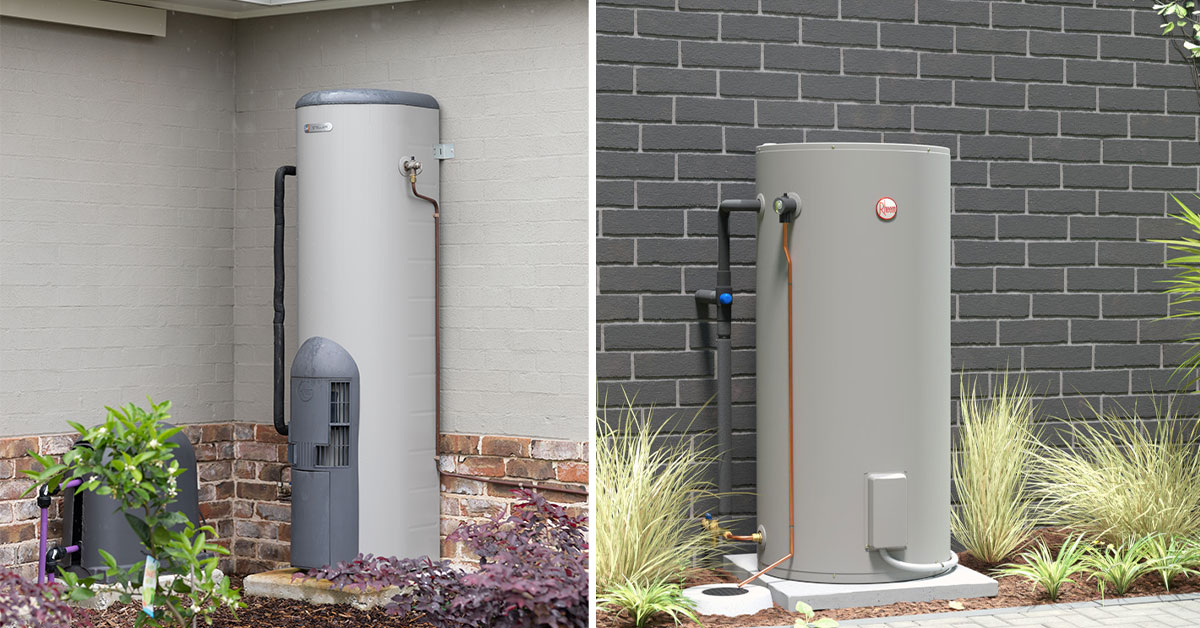
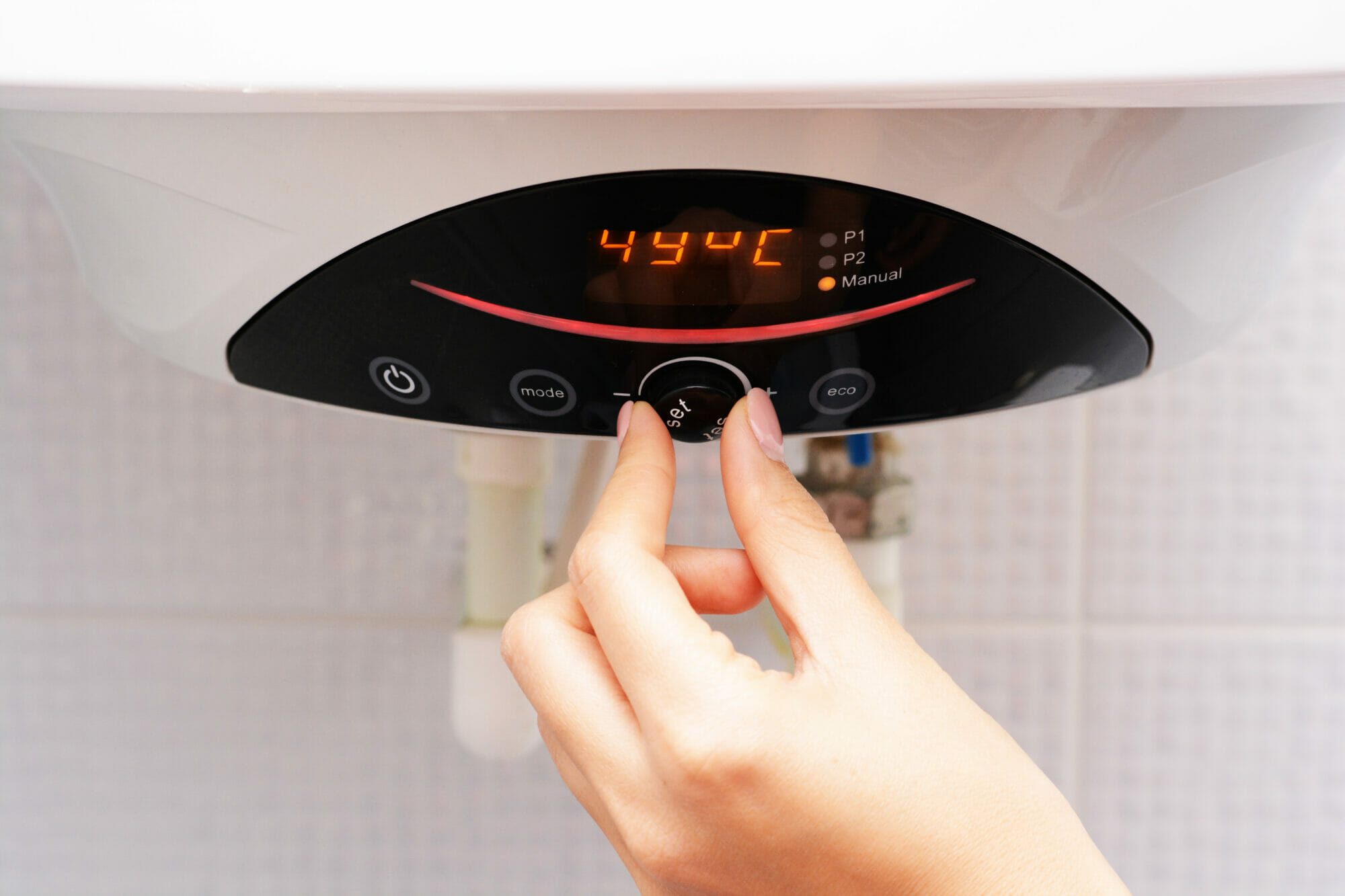
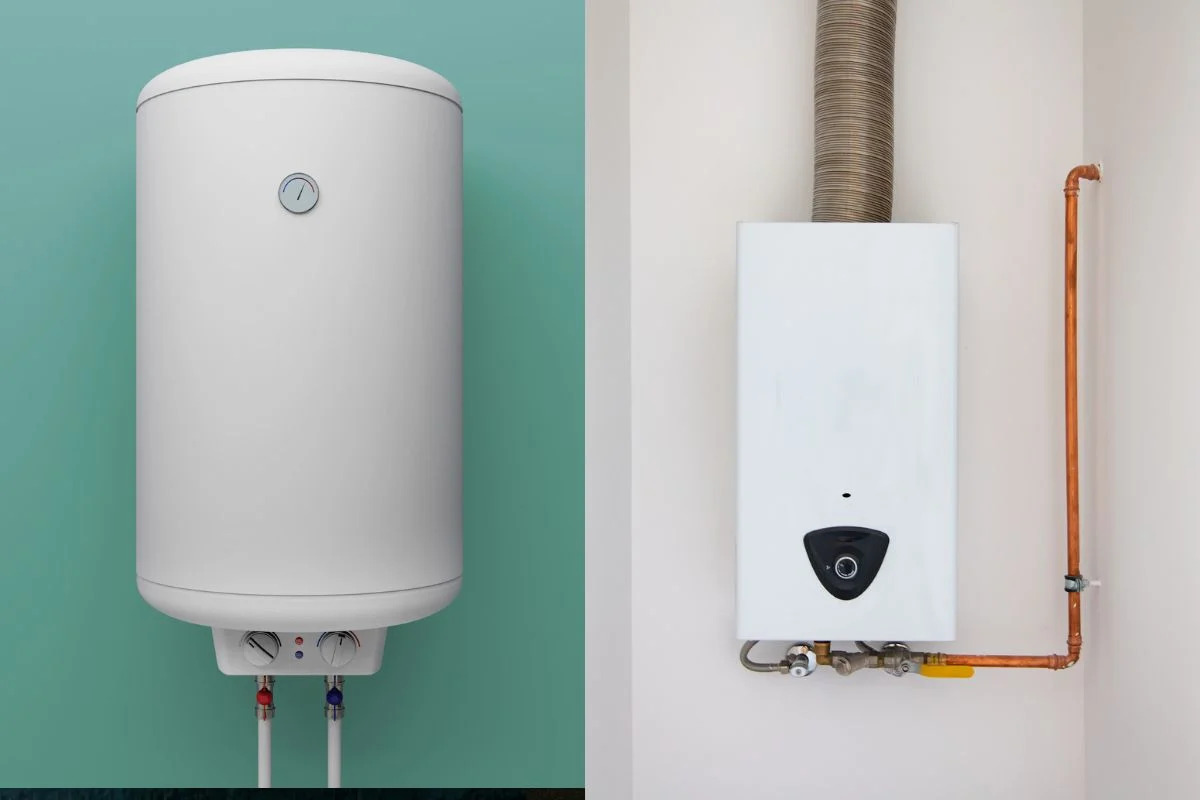
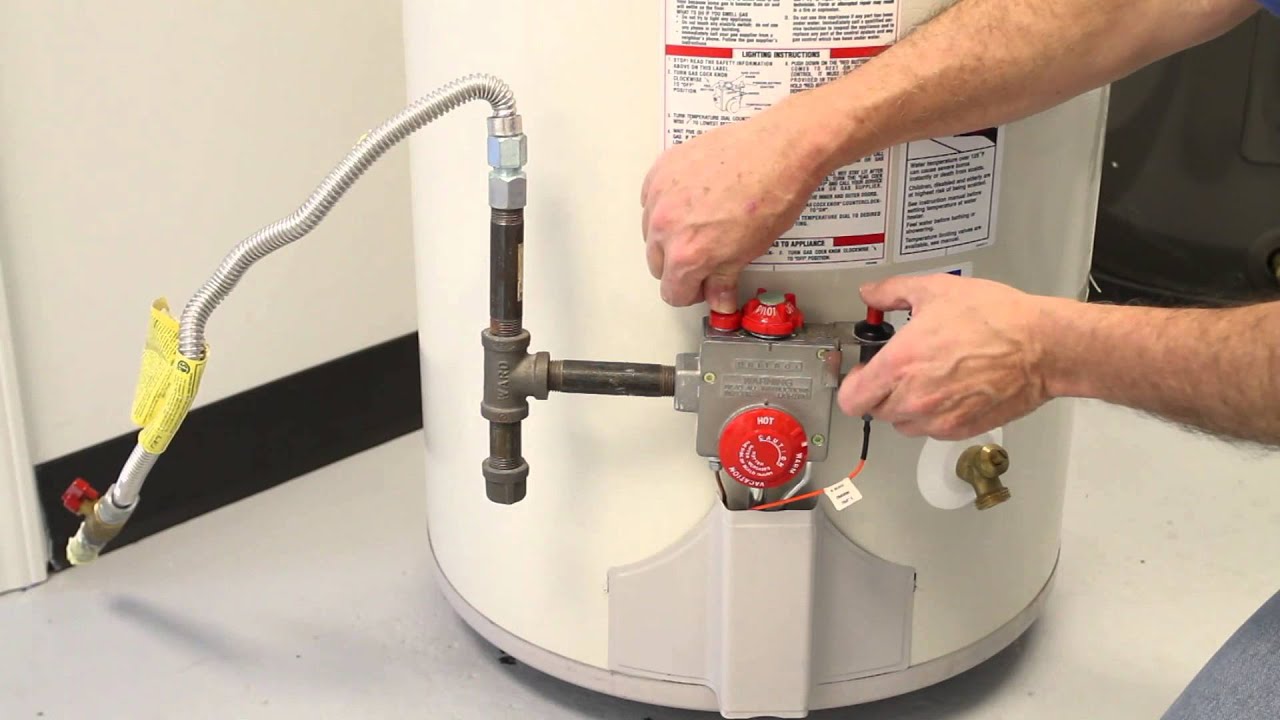
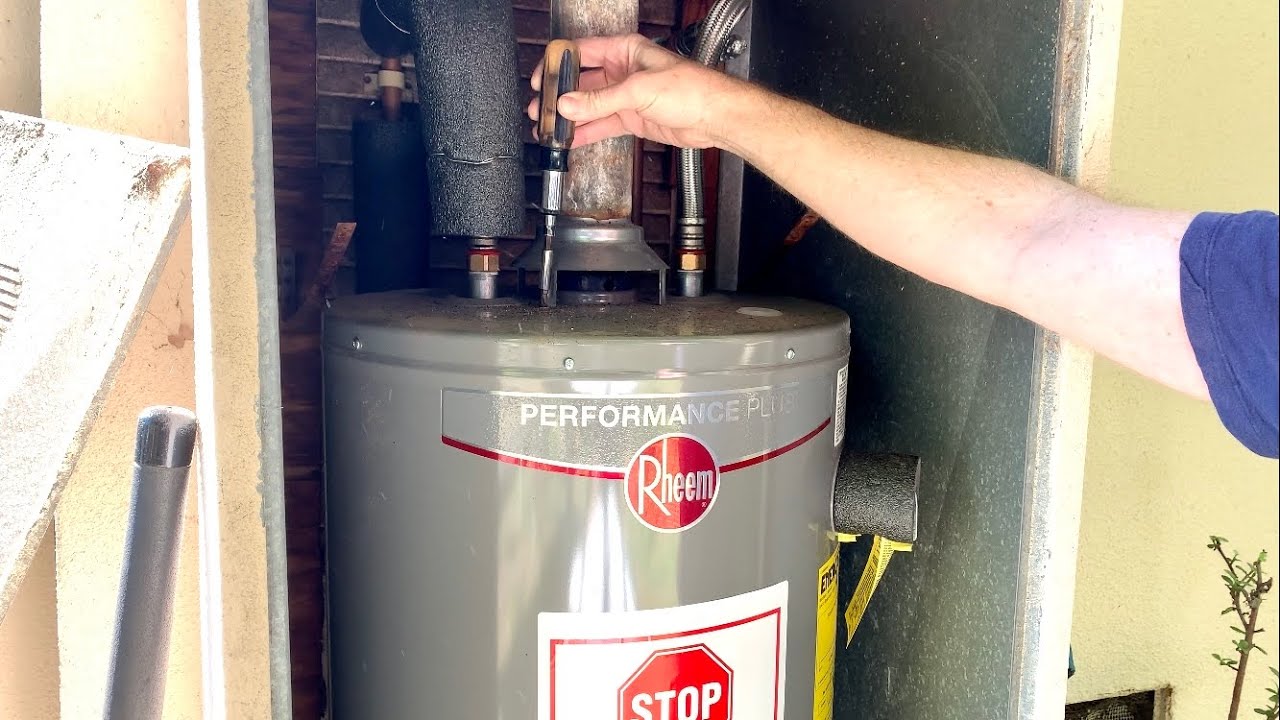
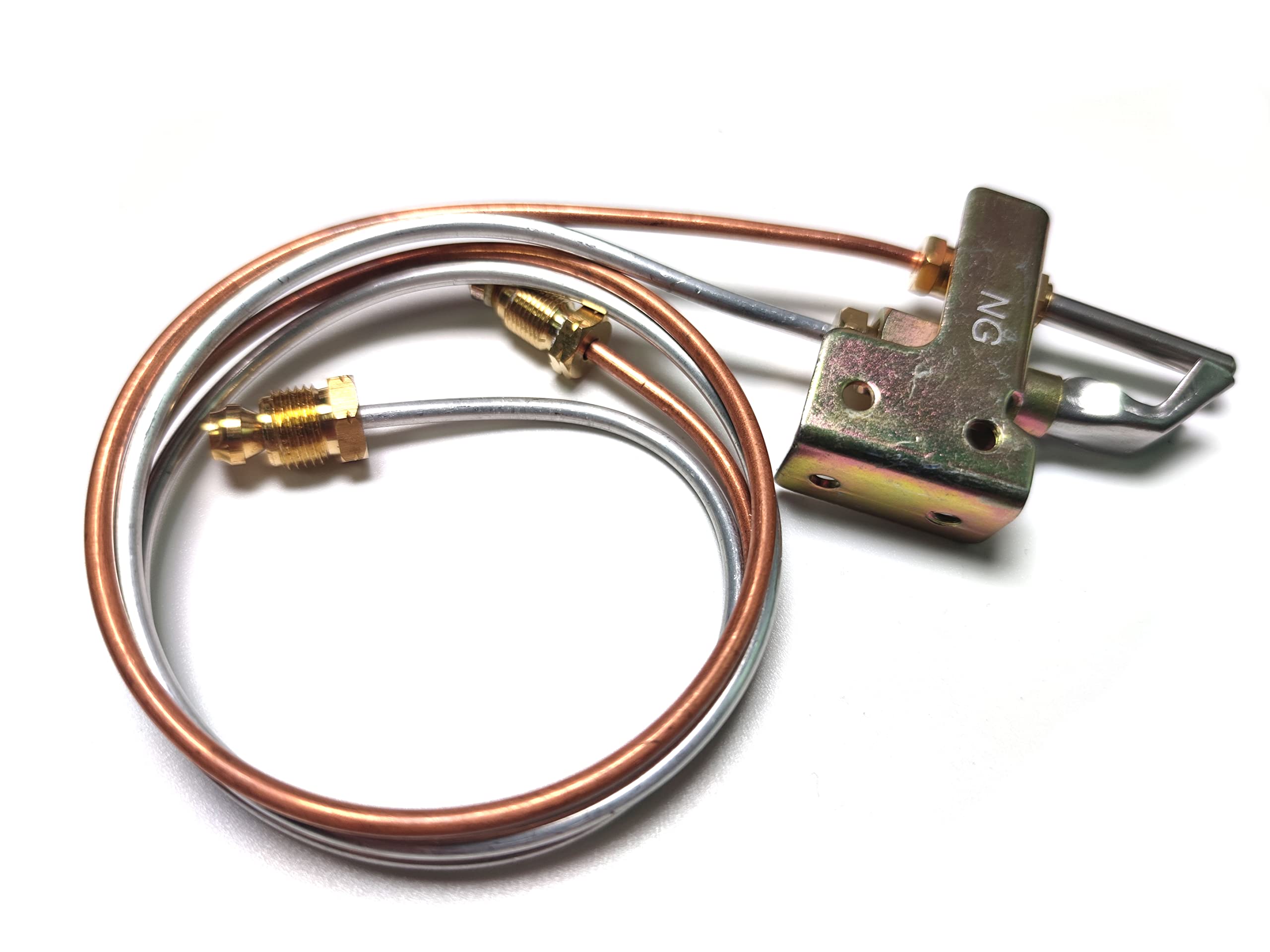
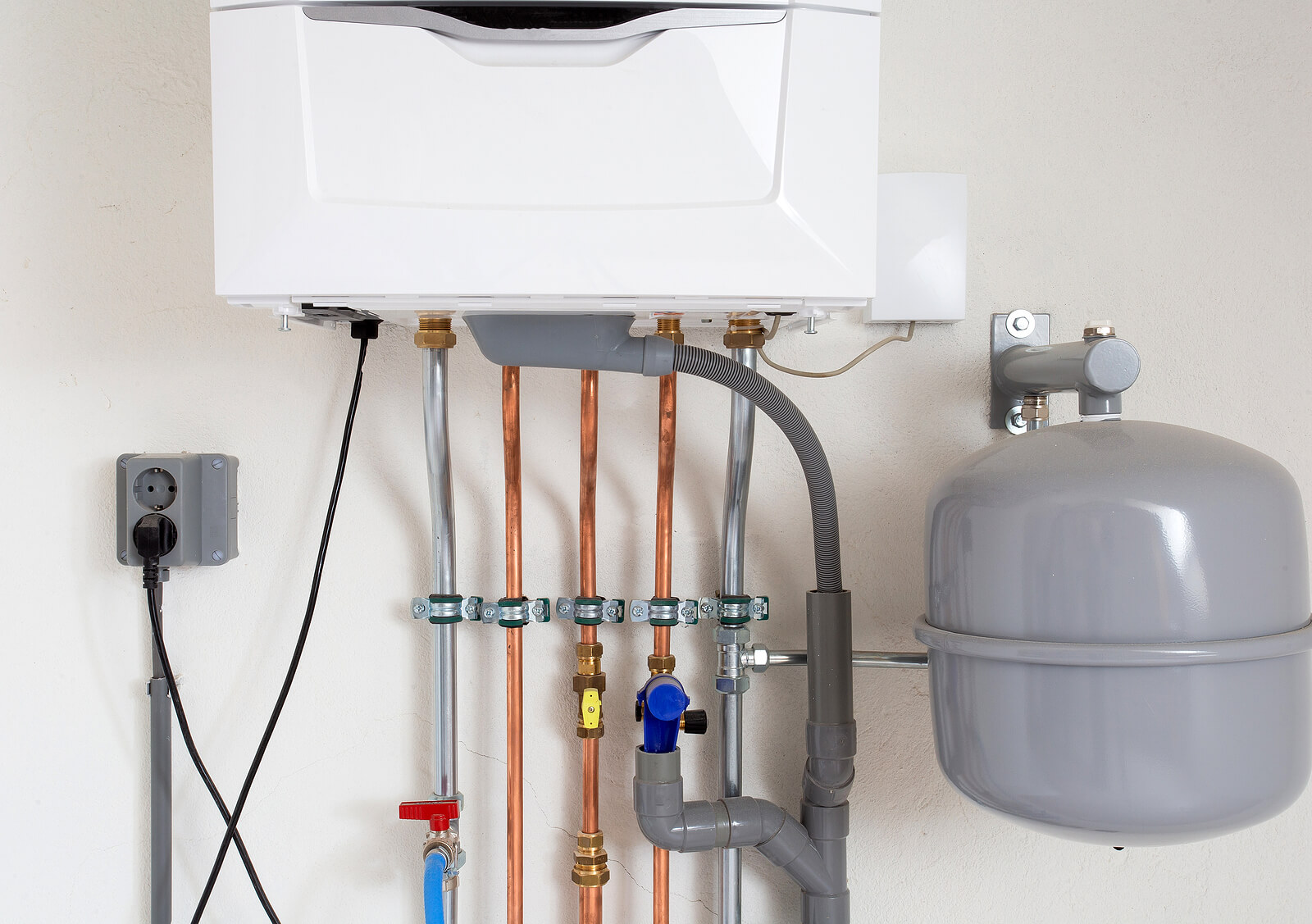
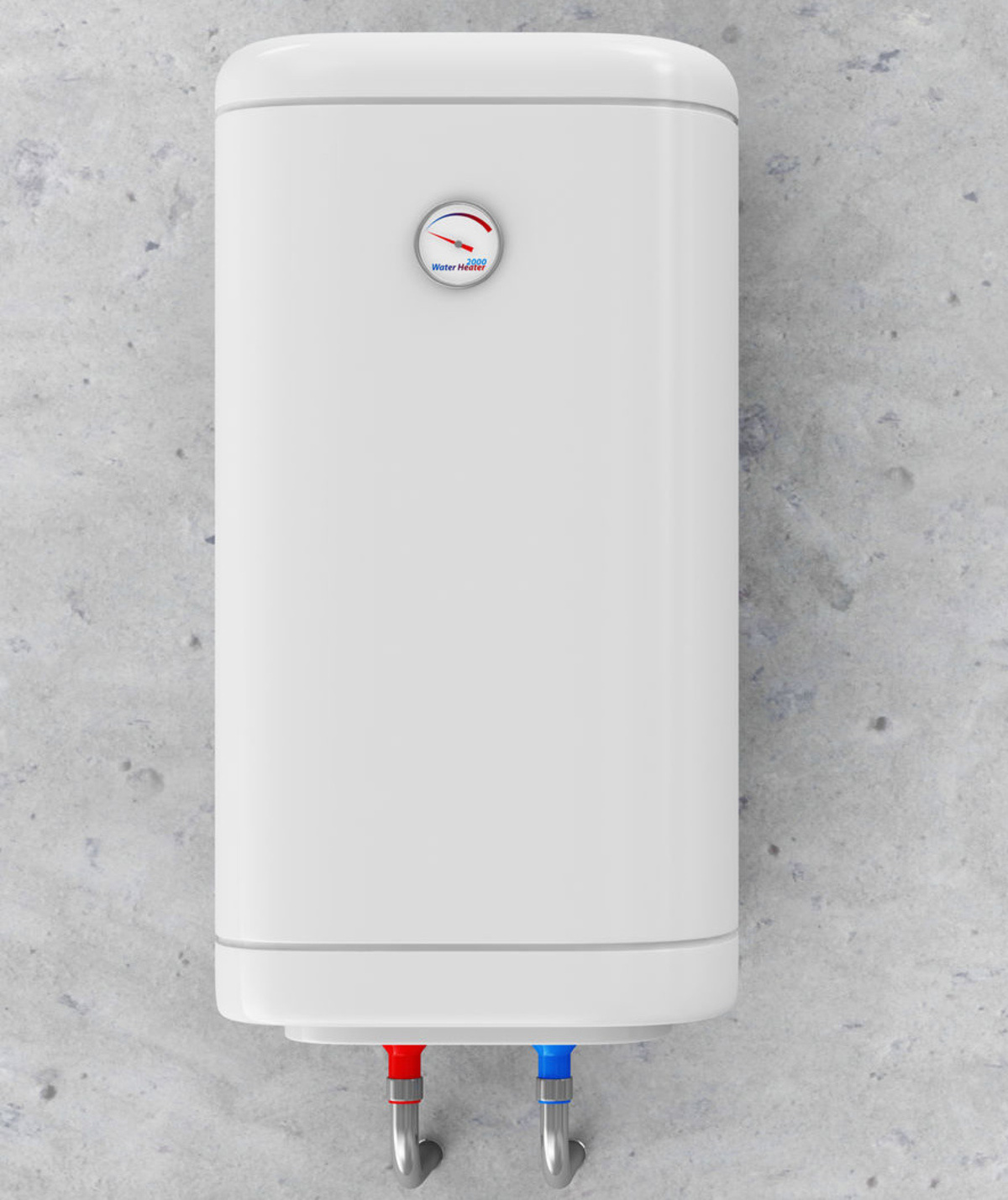
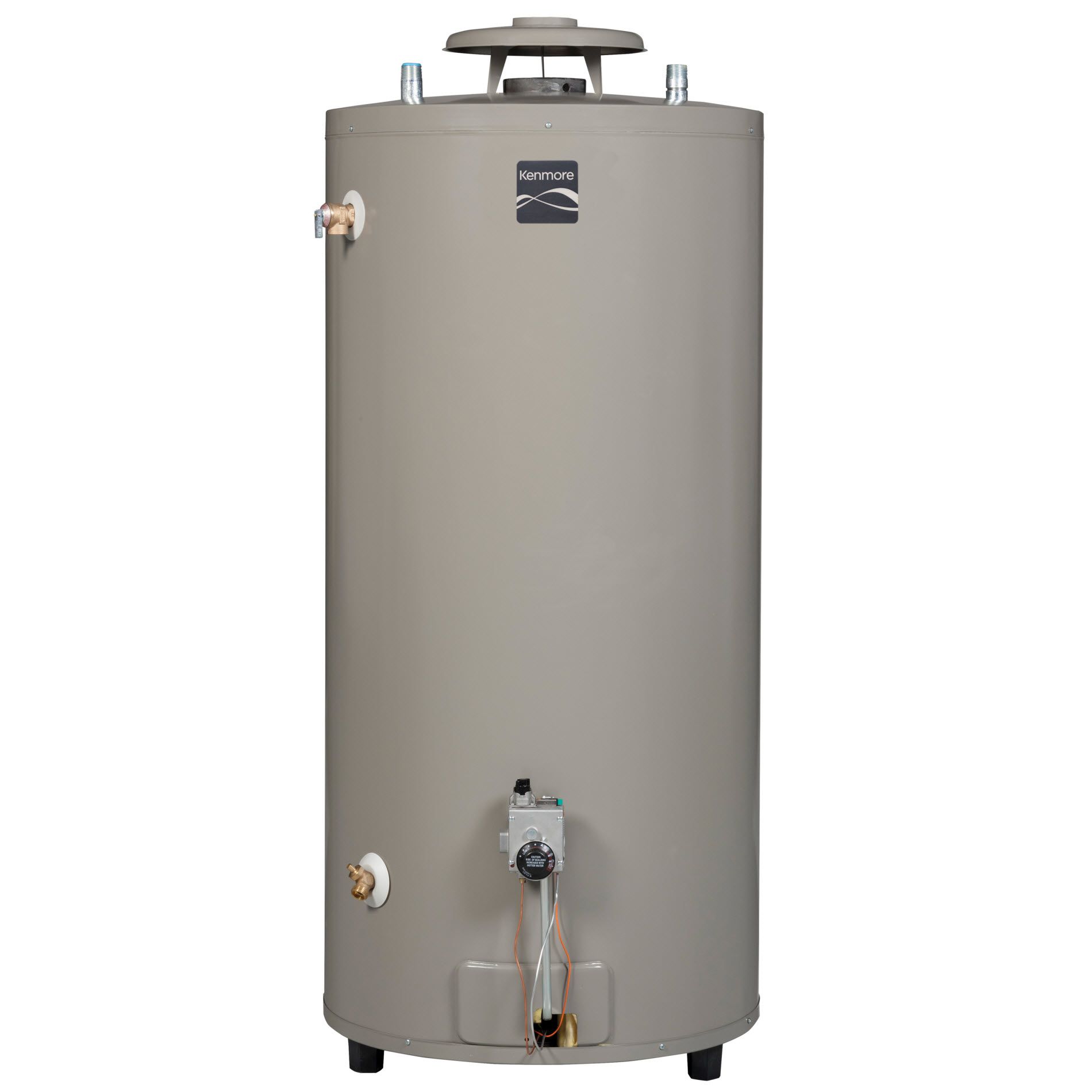
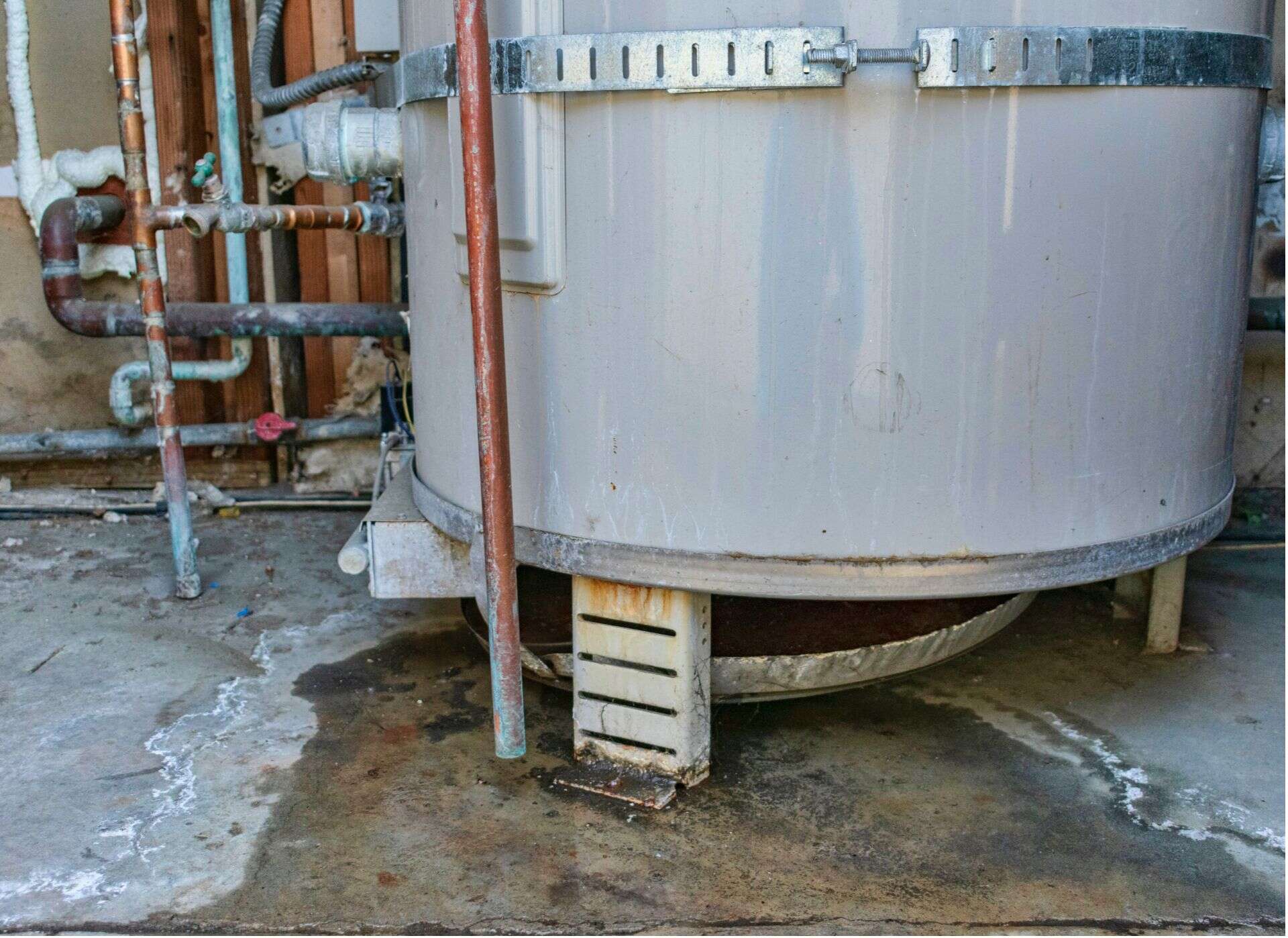
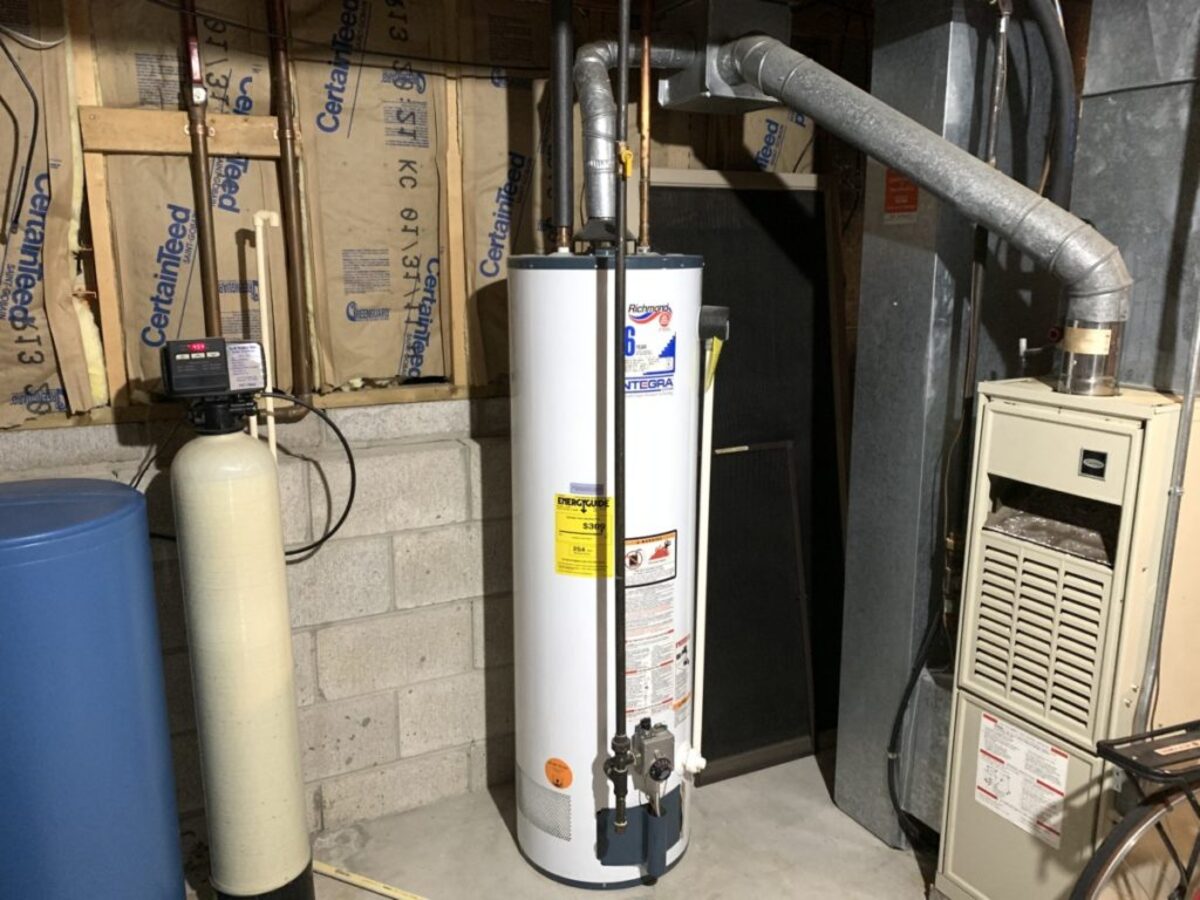
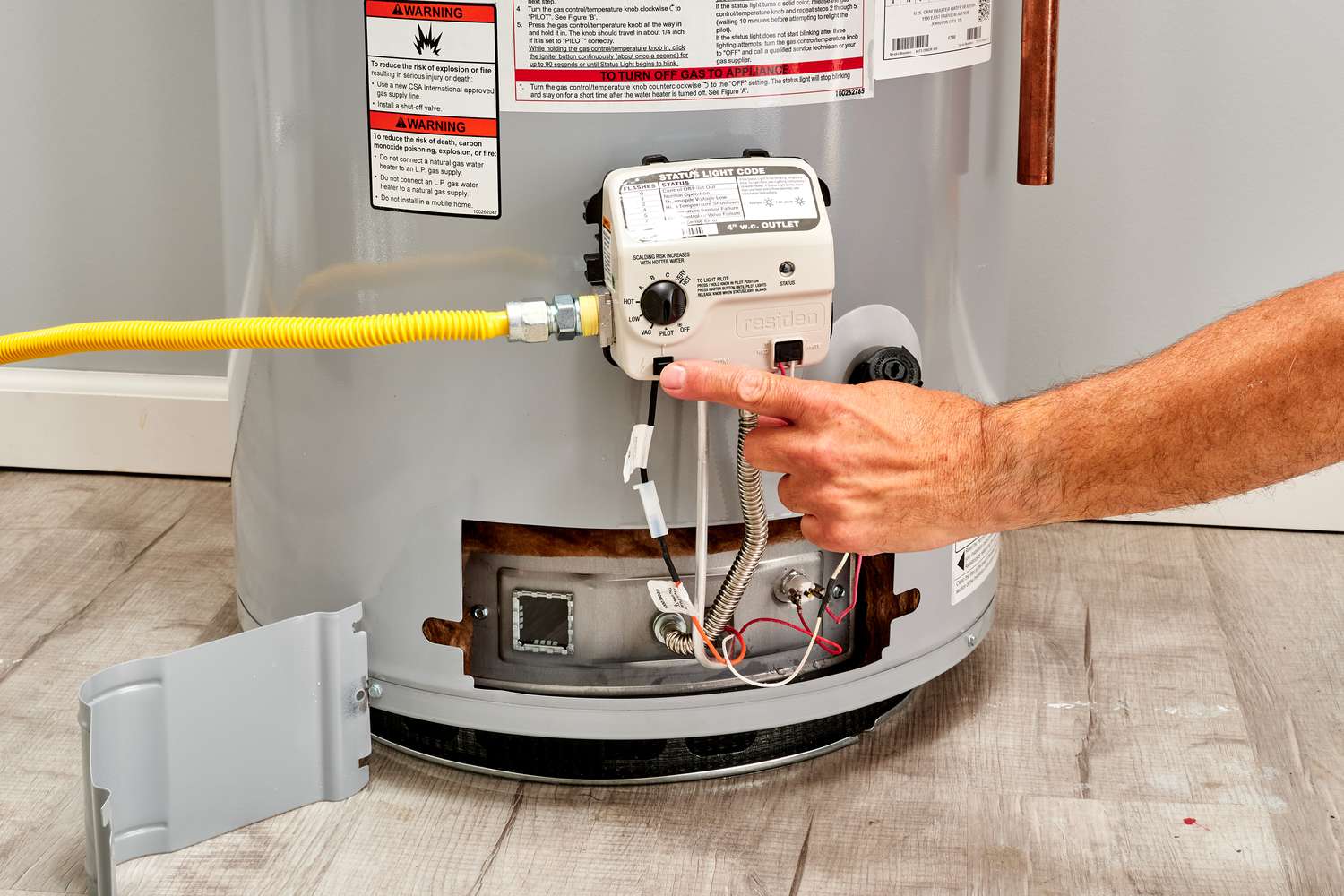
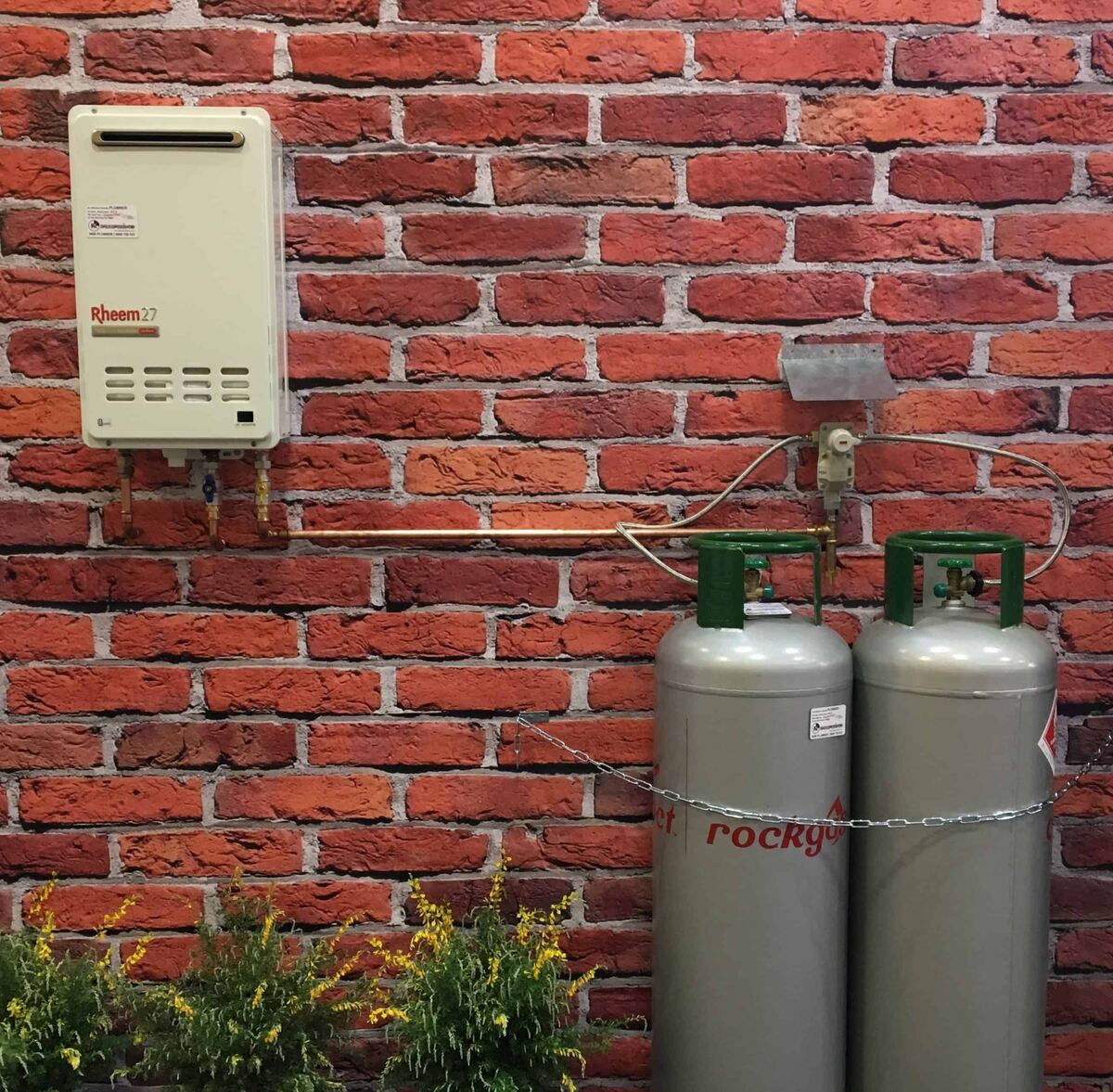
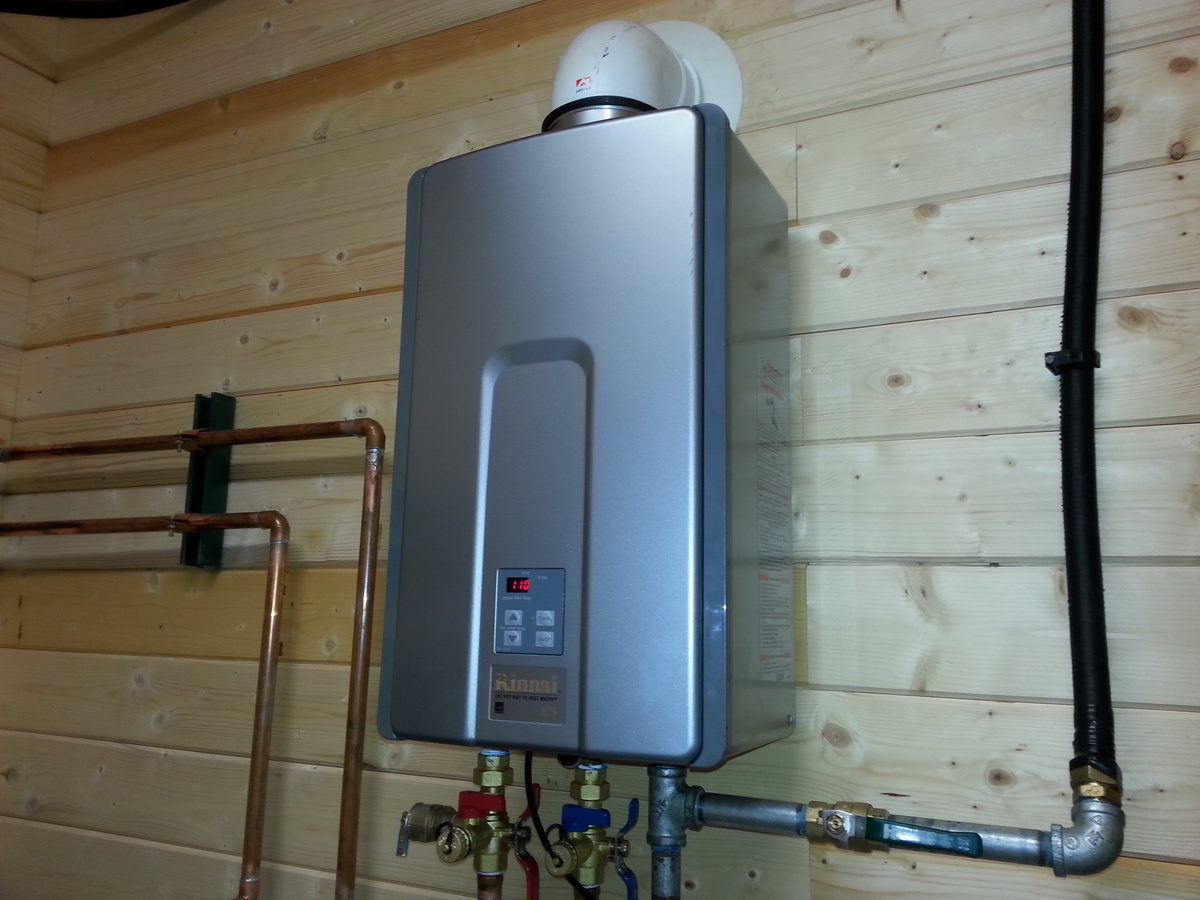

0 thoughts on “How To Restart A Gas Water Heater”